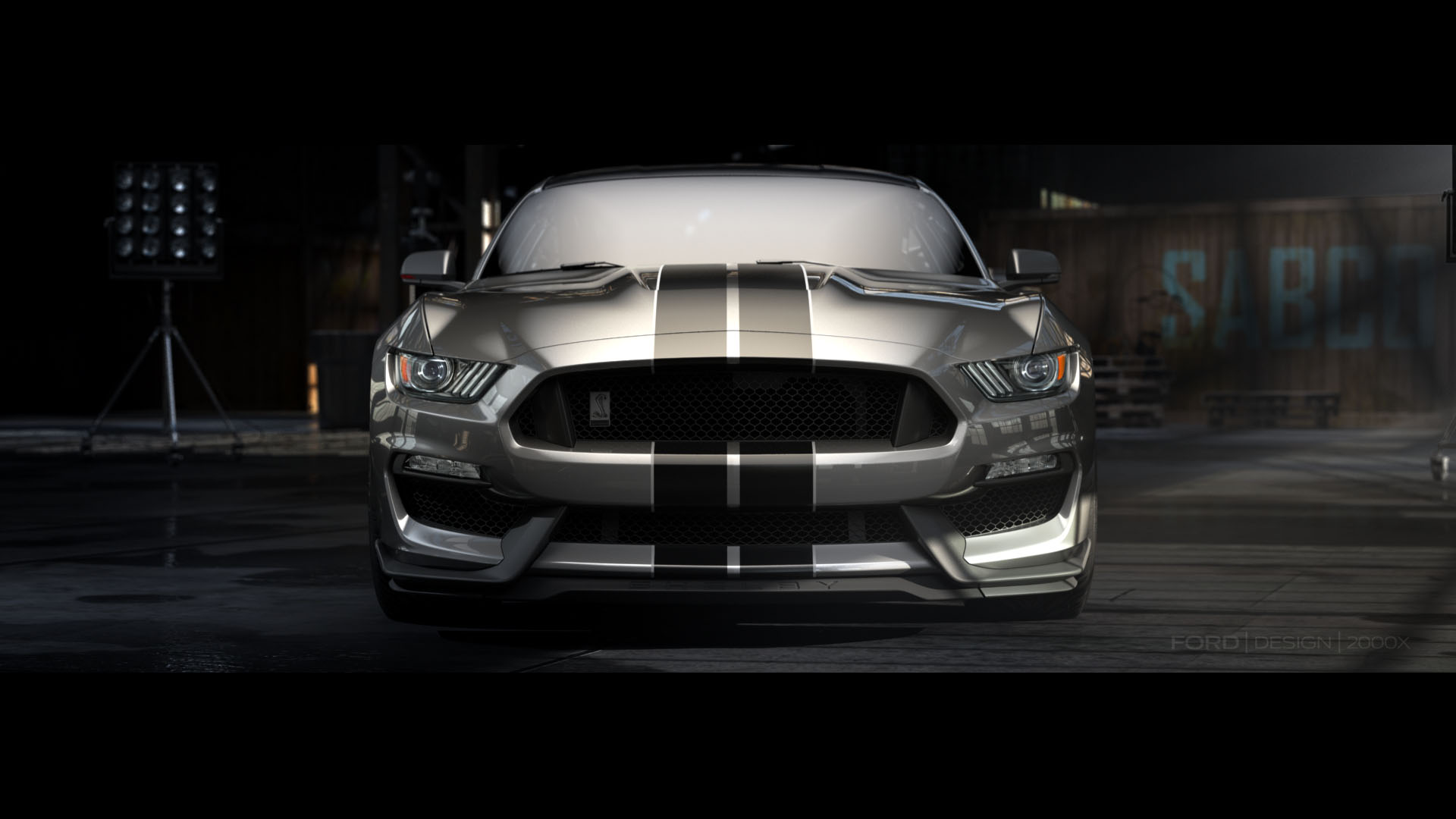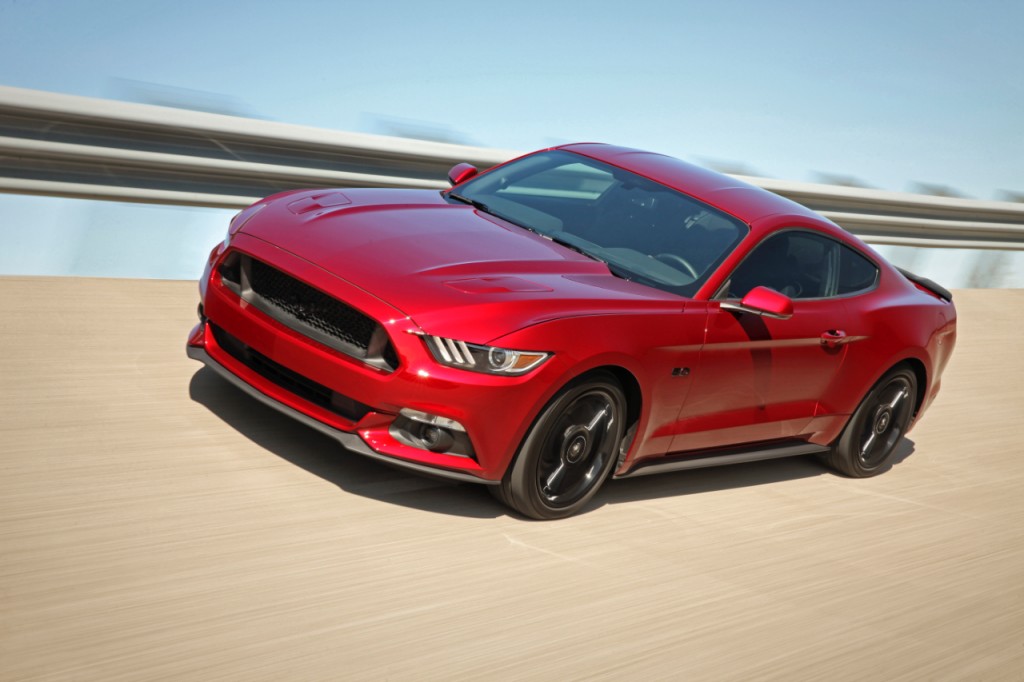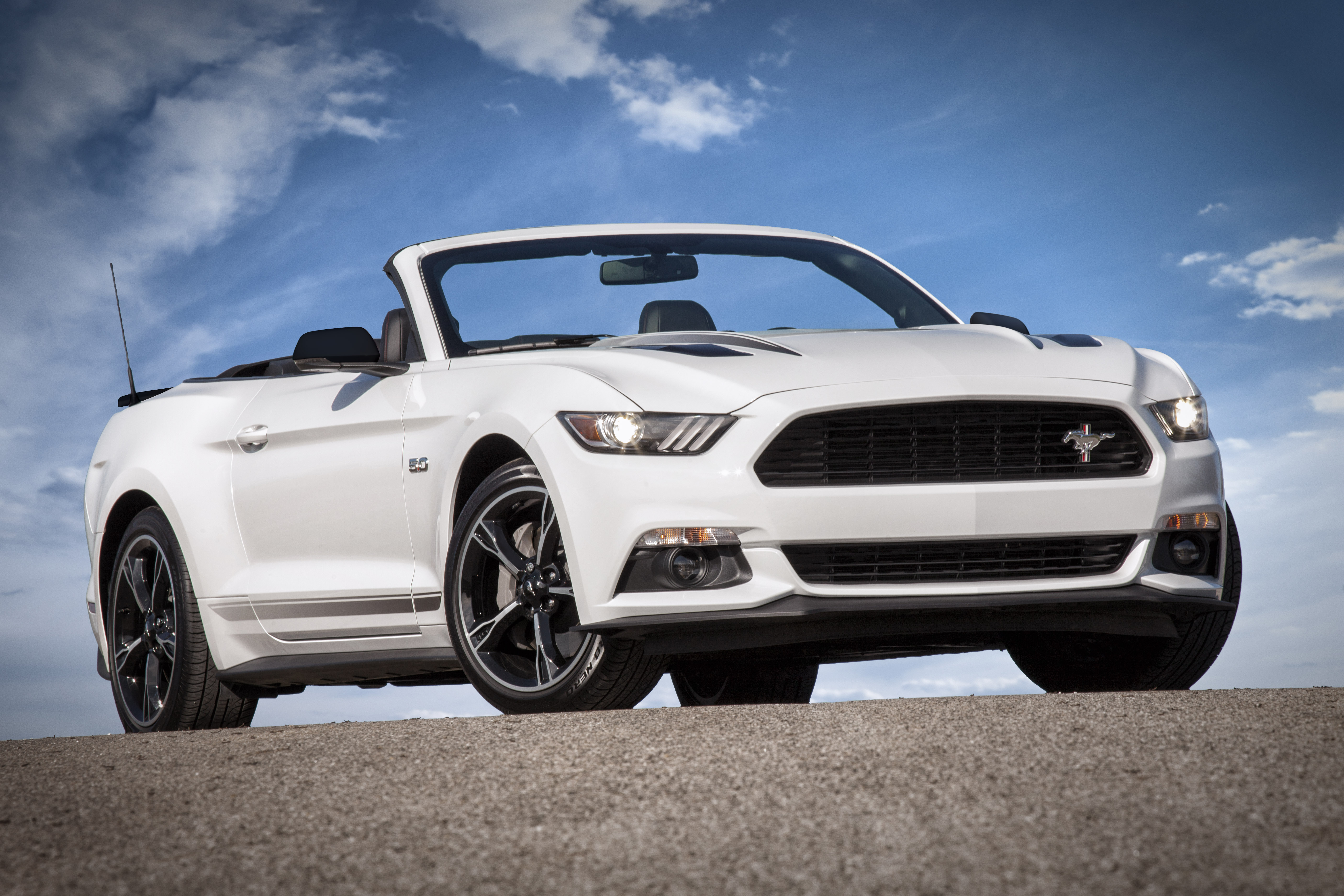Why Is Ford Launching the Next-Gen S650 Mustang Two Years Early?

Ford is moving the introduction of the next generation Mustang forward by almost two years. The new car was scheduled to enter production in January 2022. However, the S650, Ford’s program code for the seventh generation Mustang, will begin rolling out of Flat Rock Assembly in May 2020.
This information was made public thanks to a leaked LMC Automotive monthly forecast via Mustang6g.com. LMC provides automotive intelligence about production, sales, powertrain forecasts, and more to its auto industry clients. It is about as credible as a press release from Dearborn, and though the document reveals nothing about the product, it does offer one additional detail: the Mustang scheduling adjustment was made at least nine months ago.
Ford decided in the first quarter of 2015 that it would shorten the car’s sixth generation from a planned seven model years, to just five or six. This abbreviated generation may allow the company to reduce the depth of its mid-cycle refresh in 2018, but saving on the mid-cycle update will not offset the financial commitment associated with pushing the complete redesign forward. What’s more, this means Ford elected to redesign the car a few short months into the release of the sixth generation car, and well in advance of 2015’s impressive sales results.

There is rarely justification for redesigning a car ahead of schedule.
Perhaps Ford believes the Mustang is going to be made obsolete by the competition. However, given the Mustang’s track record of success in the face of more modern competitors, it is unlikely Ford would forecast a precipitous drop in demand for the car in 2020 or 2021. In the past, Ford has elected not to update the Mustang and allowed it to soldier on with minor updates and special models. Arguably, the strategy has worked. The fifth generation car sold for a lengthy 10 model years, and even in its last two years took 38 percent of North American pony car sales. The aging Mustang gave up less than 1,000 units to GM’s newer Camaro in each of those final years. Although previous choices are no guarantee of future decisions, competition is probably not the primary driver behind Ford’s schedule change.
Alternatively, Ford may want to integrate a constellation of updates inconsistent with a mid-cycle refresh. For example, a new aluminum-intensive platform or retractable hard-top. However, unless these updates are expected to alter the car so significantly that tens of thousands of new consumers are prompted to enter the segment, there is little justification for accelerating the redesign. Carmakers are loath to spend hundreds of millions of dollars to chase the last few thousand customers. Mustangs are mass-market products and the end of the model lifecycle may bring flagging demand, but those will be Ford’s most profitable Mustangs. For example, shifting 75,000 Mustangs at a $6,000 profit each is more attractive to Dearborn than selling 90,000 units with another 70,000 to go to pay off the development and tooling for an all-new model. This is particularly true in post-Mulally Ford, where the One Ford strategy is about matching production with demand and definitively not about chasing sales records.

If the decision is not about competition or radical updating to goose sales, what else could be driving Ford’s decision? Increasing fuel economy standards could be a factor, but a platform update is not necessary to introduce a new fuel-sipping engine(s). Moreover, even a significant platform lightening in conjunction with new running gear would deliver incremental efficiency improvements and almost certainly be insufficient to deliver the degree of savings required to justify the investment.
Perhaps Ford is accelerating the Mustang update as an adjunct to the development of a new platform. In other words, the new Mustang could be slated to share its updated architecture with other rear-wheel drive products scheduled to go into production before 2022. If these products are to be manufactured on the same production line as Mustang, their platforms must be harmonized, thus necessitating the Mustang schedule change. The platform justification is probably the most exciting potential reason for the schedule change. Not only does it mean Mustang buyers will enjoy Ford’s latest and greatest technologies two years sooner, but it suggests a new rear-wheel drive Lincoln and perhaps a new full-size range topper to replace the Taurus. This would mimic what General Motors has done with its Alpha platform, which hosts the Cadillac ATS and CTS, as well as the Camaro. Ford’s mission to consolidate platforms is well documented, and the Mustang is Ford’s only mass-market car with unique underpinnings.
Ford elected to push the next generation Mustang forward by two-years before it had time to absorb the new car’s sales, suggesting the decision did not hinge on the success or failure of the current car. Regardless of what drove the decision, it was likely a strategic move with justification beyond the Mustang program itself.
